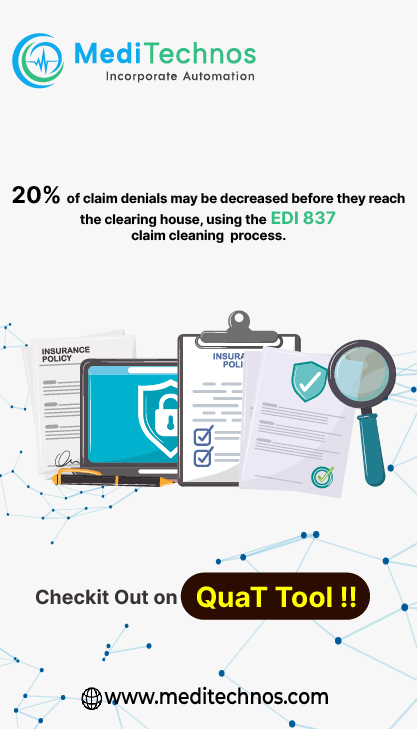The Original Medicare Program, Title XVIII of the Social Security Act (SSA), provides hospital insurance, known as Part A coverage, and supplementary medical insurance, known as Part B coverage. Coverage for Part A is automatic for individuals age 65 or older (and for certain disabled individuals) who have insured status under Social Security or Railroad Retirement. Most individuals do not pay a monthly premium (amount paid to Medicare, an insurance company, or a health care plan for health coverage) for Part A if they or their spouse paid Medicare taxes while working. Coverage for Part A may be purchased by individuals who do not have insured status through the payment of monthly Part A premiums. Coverage for Part B does require payment of monthly premiums.
Individuals with Original Medicare generally pay:
■ a deductible (a fixed amount per year for health care before Medicare pays its share);
■ coinsurance (a percentage of the cost of the covered services and/or supplies); and
■ may pay a copayment (fixed dollar amounts that an individual must pay when he or she uses a particular service).
Individuals with Original Medicare who desire Medicare drug coverage must join a Medicare Prescription Drug Plan.Medicare Advantage (MA) plans are also part of Medicare. These health plan options, known as Part C plans, are offered by private companies and approved by Medicare. MA plans are not supplemental insurance. These plans must provide all Part A and Part B coverage and follow rules set by Medicare, including benefit design and cost-sharing.
Medicare Cost-Sharing for Medicaid Recipients
Medicaid is a joint Federal and State program that helps pay medical costs for individuals with limited income and resources. Individuals with Medicare Part A and/or Part B, who have limited income and resources, may get help paying for their out-of-pocket medical expenses from their State Medicaid Program. These programs help individuals with Medicare save money each year. Medicare cost-sharing includes Part A and Part B premiums and, in some cases, may also include Part A and Part B deductible, coinsurance, and/or copayment.
The SSA provides that a State Medicaid plan is not required to provide payment for any expenses incurred for a deductible, coinsurance, or copayment for Medicare
cost-sharing to the extent that the Medicare payment for the service would exceed the payment amount that would be made under the State Medicaid plan. In any case
where a Medicare deductible, coinsurance, or copayment is required to be paid or may be paid conditionally, the State may limit Medicaid payment, including nominal
cost-sharing amounts as permitted under the SSA and specified in the State Medicaid plan. These payment limitations may result in a Medicaid payment of zero.
For individuals with an MA plan, cost-sharing includes premiums plus a deductible and coinsurance, and may include copayment. Additional factors also determine
whether Medicaid is liable for coverage of cost-sharing in MA plans. These factors include the dual eligible coverage category, the type of cost-sharing, the options elected by the State, and payment limitations specified in the State Medicaid plan.
Individuals who are entitled to Medicare Part A and/or Part B and are eligible for some form of Medicaid benefit are often referred to as “dual eligibles.” These
benefits are sometimes referred to as Medicare Savings Programs (MSPs). Dual eligibles are eligible for some form of Medicaid benefit, whether that Medicaid coverage
is limited to certain costs, such as Medicare premiums, or the full benefits covered under the State Medicaid plan.
Dual eligibles whose benefits are limited include:
■ Qualified Medicare Beneficiaries (QMB);
■ Specified Low-Income Medicare Beneficiaries (SLMB);
■ Qualifying Individuals (QI); and
■ Qualified Disabled Working Individuals (QDWI).
Those eligible for full Medicaid benefits are called Full Benefit Dual Eligibles (FBDE). At times, individuals may qualify for both limited coverage of Medicare cost-sharing as well as full Medicaid benefits.
Would be continued in next part

